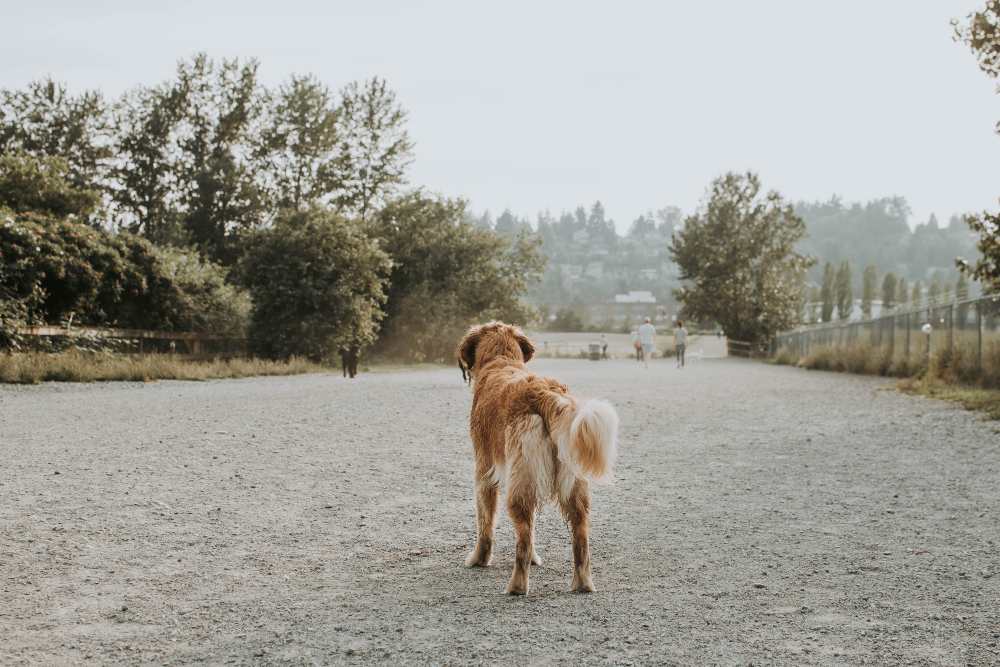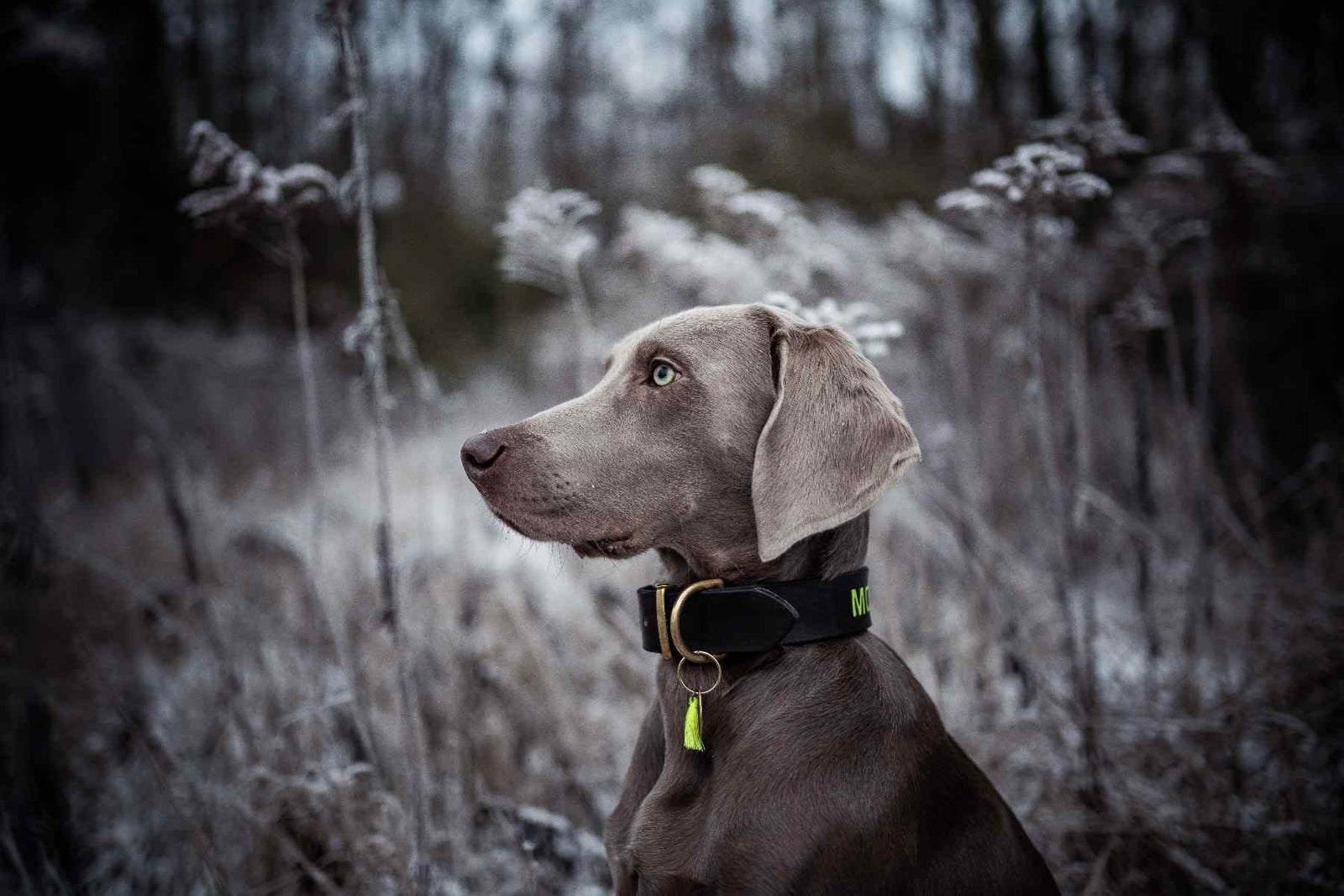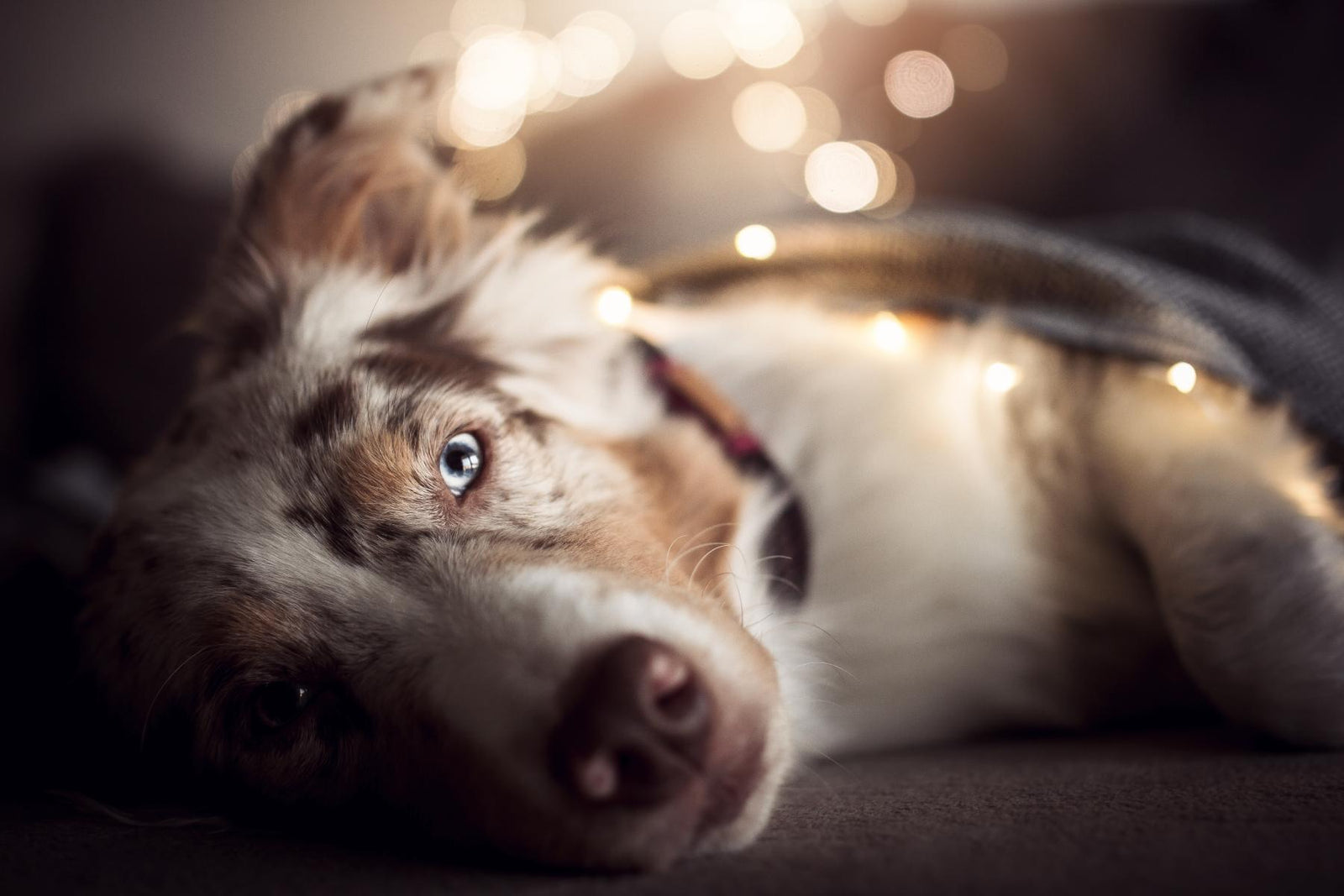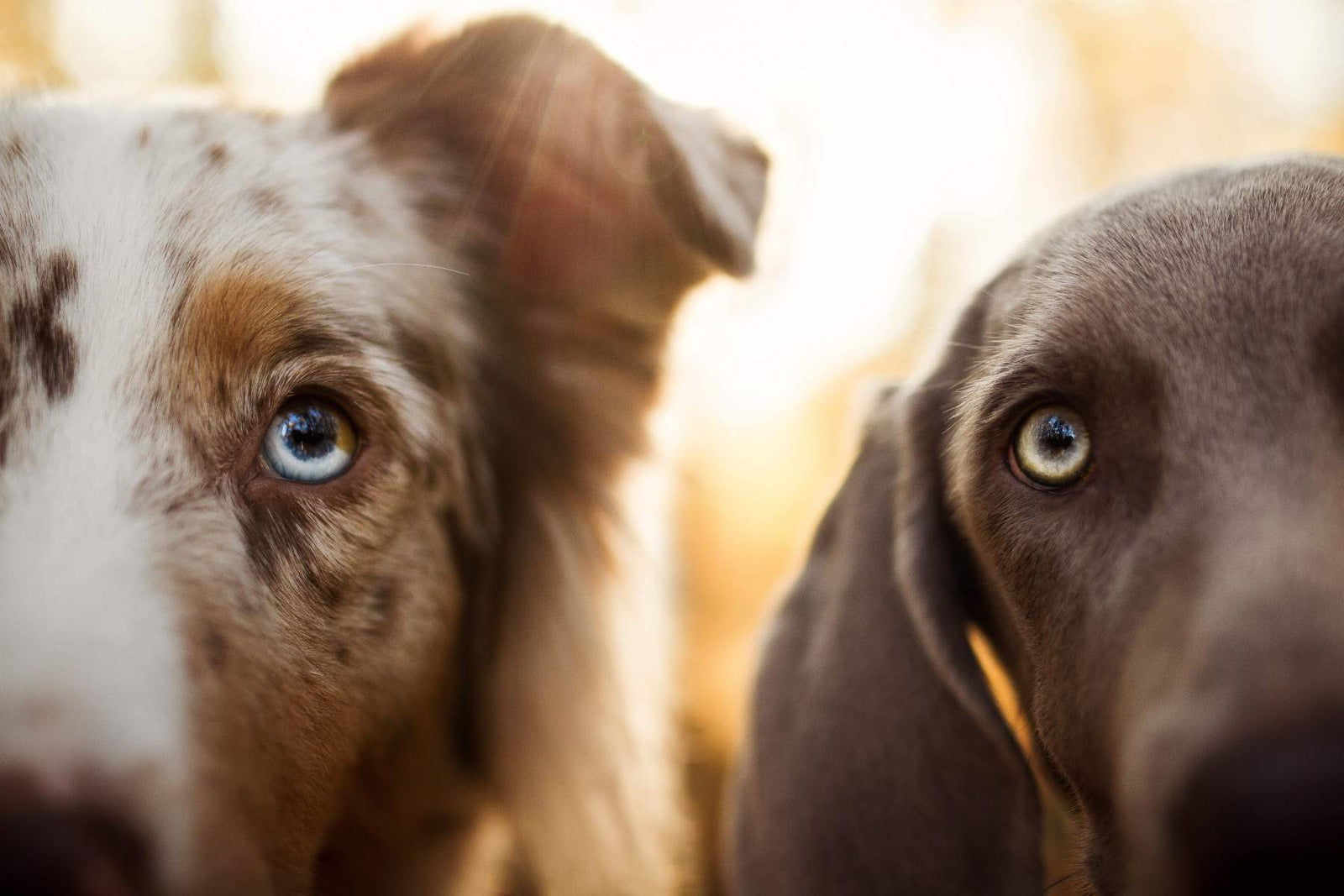The people lucky enough to work from home for this extended period have found themselves with the unexpected gift of being with their pets 24 hours a day, 7 days a week. While this can be a good thing for both human and fur-friend when it’s time to go back to work, it is important to transition your pets back into a more realistic routine slowly or you could create separation anxiety. If you go by the rough guide that 1 human year is 7 dog years, then your 8-hour day would be roughly 56 hours long for your pet. No wonder your pup is so excited to see you when you get home!
WHAT ARE THE SIGNS OF ANXIETY?
You might not even know that the behaviour your dog has been displaying for a while now is actually anxiety. Left unnoticed or untreated, this could become a severe problem that requires the guidance and treatment from your vet or dog trainer. According to the American Kennel Club, the signs of anxiety could be any combination of the following:
- Aggression
- Urinating or defecating in the house
- Drooling / panting
- Destructive behaviour
- Excessive barking
- Pacing
- Restlessness
- Repetitive or compulsive behaviours
NOTICE THE TRIGGERS
Triggers are thing that can set your pet off into displaying negative behaviours. One of the triggers for anxiety in pets can be your various routines. For example, grabbing your keys in the morning might signal to your pet that you’re about to leave the house for an extended period. Other triggers might include sounds or smells.
You can ‘reprogram’ this behaviour over time by performing the routine in full and then acting as normal. After paying close attention to your pet, you will learn what some of their other triggers might be.
HOW DO I START?
To stop this becoming a bigger problem for you both later, make each of the short experiences away from you a positive experience. Like anything big, new, or scary to your pup you need to start really small. So small it’s not really noticeable for your pet so you’re setting yourself up for success.
It’s best to approach this in stages:
Stage 1 would be activities that are 5-10 minutes long such as checking the letterbox, making a cup of tea, reading a news article, or doing a little weeding in the front garden. Stage 2 would be 15 minutes to ½ hour, and stage 3 would be 1 hour +. As you feel that you have both mastered one stage, move to the next.
At first your pet might fret and stand at the door waiting for you or even whine a little. But you will notice as the time goes by you will be able to get up to make that cup of tea and your little one won’t even bat an eyelid.
OTHER TIPS
There are other things you can do to create a safer and more enjoyable environment when your pup is left alone.
- Leave some old dirty socks in your pup’s bed (as long as you don’t mind them being nibbled!)
- Put on the TV or use Audible for dogs for some background noise
- Make use of KONG toys stuffed with tasty treats that your pup only gets when you leave (hello BBQ Chimpkin!)
- Hide some tasty treats in their crate/ bed to find when they go there to sleep
- Get an Arlo or Furbo camera to keep an eye on pup for both your peace of mind
Remember, don’t make a fuss when you come back home. Ignore your pup until they're completely calm. This could take up to 15 minutes or longer when you first come home, but stick with it and you will both be rewarded in the long run.






Leave a comment (all fields required)